- Invisalign removable aligners simplify oral hygiene during orthodontic treatment.
- Many patients prefer Invisalign to traditional braces because the removable aligners are transparent and less noticeable. They also cause less physical discomfort.
- The treatment requires changing aligners once several weeks depending on the progress of tooth shifting.
Get a smile you'll love for less. Use Authority Dental to find affordable dental clinics in your city. It’s simple, secure and free.
Invisalign can be a good alternative to traditional braces even for severe dental problems. In this article you will find more information about the benefits and the exact treatment steps.
Fill out the Smile Assessment
The first thing many patients do when considering Invisalign is to go to their website and fill out a Smile Assessment. This is not required, but it gives you a pretty good idea of whether you are a good candidate for their treatment.
You will have to provide your name, birth date, zip code, email address, and phone. There is also a question about the issues you are experiencing with your teeth. The options include:
gap teeth,
open bite, and
Invisalign may accept patients with some problems that may be unacceptable to other invisible braces brands. This includes baby teeth, wisdom teeth, and implants. While gum disease and cavities are not deal-breakers, it is advised that you target those before starting your Invisalign journey.
Come in for an initial consultation
During your first meeting with an Invisalign provider, he or she will usually scan your teeth with an iTero Element device. It makes a precise 3D rendition of your teeth. A treatment plan can also be mapped out almost immediately.
Some dentists and orthodontists like to do a mouth impression, but this is not a must with Invisalign. You can, however, expect some X-rays to make sure your teeth, roots, and jawbone are healthy and ready for straightening treatment.
Photos of your mouth are taken. The lab requires 8, including full-face ones. Bite registration is another element of this consultation. A fast-setting paste is put on the teeth and you gently bite down. When it sets, the dentist has an exact record of how your upper and lower teeth fit together.
Choose your Invisalign package
Below we have described the most commonly chosen Invisalign packages. There are more to pick from. The cost of Invisalign varies from type to type. Your provider will be able to advise best which is right for you.
Invisalign Full
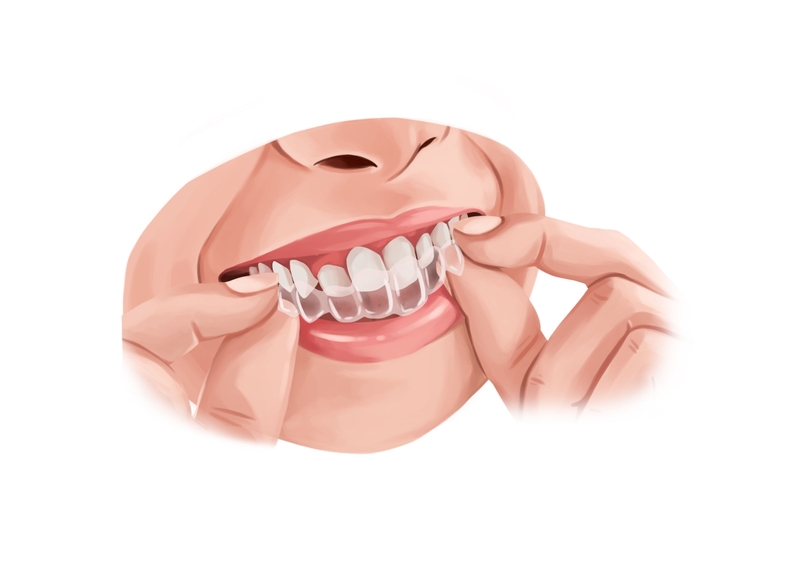
Picture by Authority Dental under CC 2.0 license
This package is appropriate for even the most complex cases. The Full option provides significant flexibility and control over the treatment: there is an unlimited number of trays. You don’t have to make the best of each step: the process can be gradual.
Additionally, the treatment can continue until you are happy with the result. That’s because refinement is included in this package.
Invisalign Teen
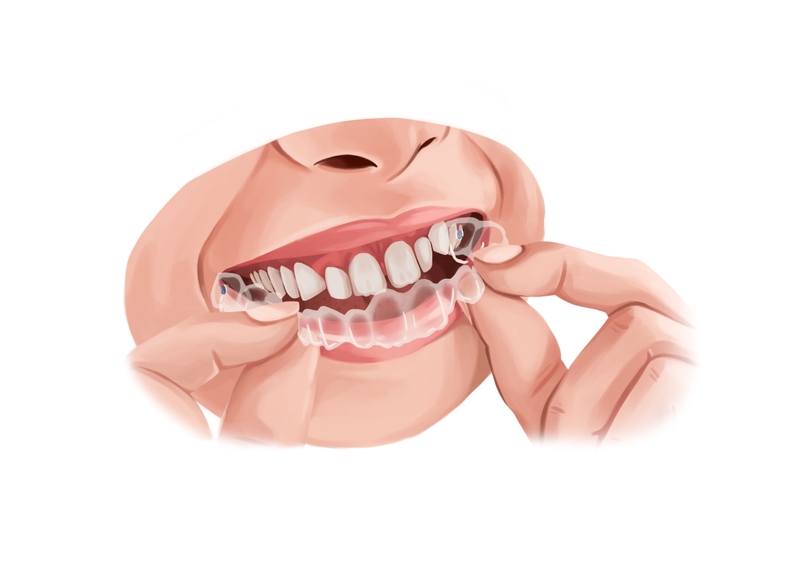
Picture by Authority Dental under CC 2.0 license
This package is recommended for teenagers and young adults whose teeth are still moving around or haven’t erupted entirely. Shifting can be controlled and the direction of root growth can be guided.
Just as in the Full option, there is an unlimited amount of trays. The treatment can continue until the desired result is achieved.
What’s more, with the hectic life of a teenager, aligners might get broken or lost. Invisalign Teen includes six complementary aligners if this were to happen. Pediatric dentistry also requires some form of parental guidance. These trays have a blue indicator that shows whether aligners were worn enough.
Invisalign Express
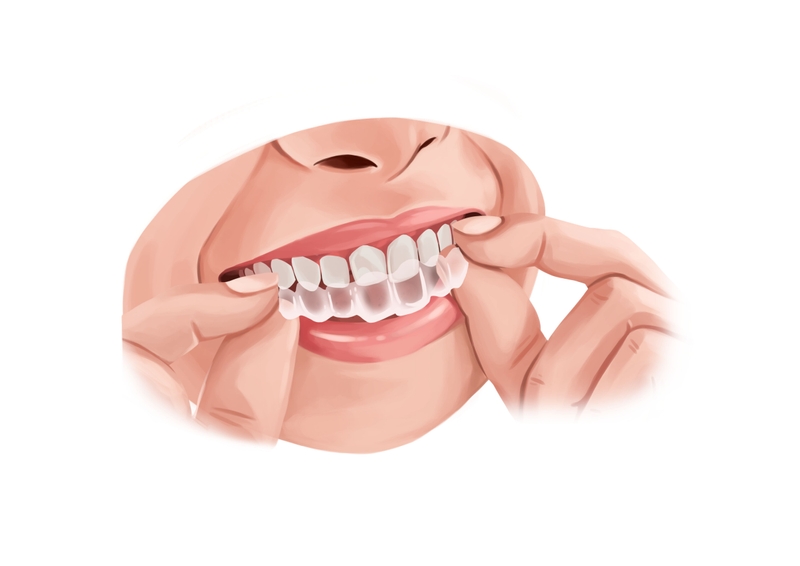
Picture by Authority Dental under CC 2.0 license
If your issues are slight, you might get away with this (more affordable) option. It is targeted at those who have minor overcrowding or spacing problems. There are only 10 trays included in this package.
More often than not, this is not enough. Many online reviews quote disappointment with the end result. On top of that, there is no refinement. You might be stuck with an unsatisfactory result.
Most offices do offer additional treatment in such cases, but you will have to pay for it. If your issue was not major to begin with, you will probably end up paying out-of-pocket.
Once you discuss which package you would like, your provider will send your Invisalign prescription to Align Technology. Technicians will prepare an animation to show you how your teeth will move.
Try your aligners on for the first time
When your aligners are ready for pickup, your dentist or orthodontist will invite you for a first fitting. He or she will help you put them on and take them out for the first time. You are free to ask any questions you may have.
You’ll find out how long you have to wear each set and for how many hours a day. This is usually 1-2 weeks and an average of 22 hours per day. You will also be informed how many trays you will have altogether as well as the number of buttons and attachments you will need.
The next step is letting you know how to take care of your trays. Correct cleaning techniques will be broken down. You may also get a DVD with instructions to watch at home.
Conduct your treatment from home and visit your provider
After you leave the office, much of the work will be in your hands. It’s time to start the treatment.
Keep your aligners in
A new set will always feel a little tight for the first few days. This period is critical and there is no reason to keep them out of your mouth. The only times you should be removing your trays is for eating and cleaning your teeth. Teen aligners have blue indicators that will show parents whether their children are wearing them enough.
Take good care of the trays
If you are eating out, make sure to bring your hygiene supplies with you. Both your teeth and trays should be brushed before they are placed in your mouth. Don’t forget to floss, too. The only thing you may consume when they are in your mouth is water.

Visit your dentist regularly
Invisalign does not hand you all your trays at once. Instead, you will receive a couple sets at a time. This means you’ll have to schedule an appointment every 6-8 weeks. The biggest benefit is that your progress is checked along the way and any necessary adjustment can be made.
It may seem like a hassle, but this is similar to the frequency of visits to an orthodontist when wearing regular braces. And on top of that, emergency visits are eliminated, since you won’t be dealing with any wires or brackets that often break or come loose.
Make sure teeth don’t shift back
Any orthodontic treatment ends with retainers. This is because teeth tend to want to shift back to their original position. The only way to stop that is to wear retainers at night. They are a running cost you have to consider for the rest of your life.

Invisalign offers Vivera retainers. They get great reviews from professionals and users alike. They are, of course, custom made, and claimed to be 30% more durable than other brands.
What are some alternatives to Invisalign?
The most popular Invisalign alternatives include traditional braces and at-home teeth straightening kits.
Braces
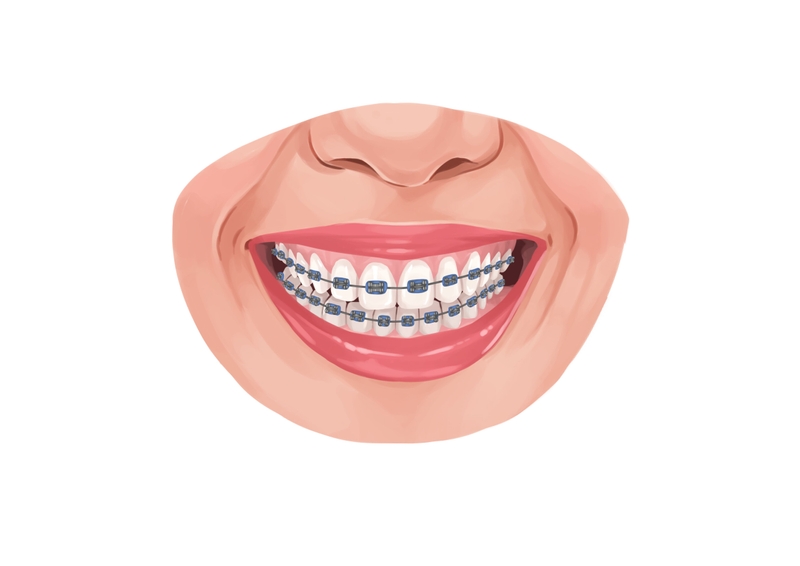
Picture by Authority Dental under CC 2.0 license
Traditional braces are still very common among patients who want to align their smile. They are made from metal wires and brackets. The latter are cemented onto the teeth for the duration of the treatment. Wires are changed and tightened at regular dental visits scheduled 6-8 weeks apart.
Invisalign, on the other hand, can be removed by the patients for eating and cleaning. This makes oral hygiene a lot more convenient, as opposed to braces. The traditional method of straightening teeth has a huge downside of food getting stuck in the appliance.
The other major benefit of Invisalign over the traditional process is that the treatment is practically invisible. Made from clear plastic, the trays don’t stand out, giving the patient a “brace-face”. The costs are comparable.
INVISALIGN
Removable trays
See-through materials
Easy oral hygiene
Some providers are dentists
BRACES
Metal wires and brackets
Mounted permanently
Oral hygiene is difficult
Always overseen by an orthodontist
At-home straightening kits
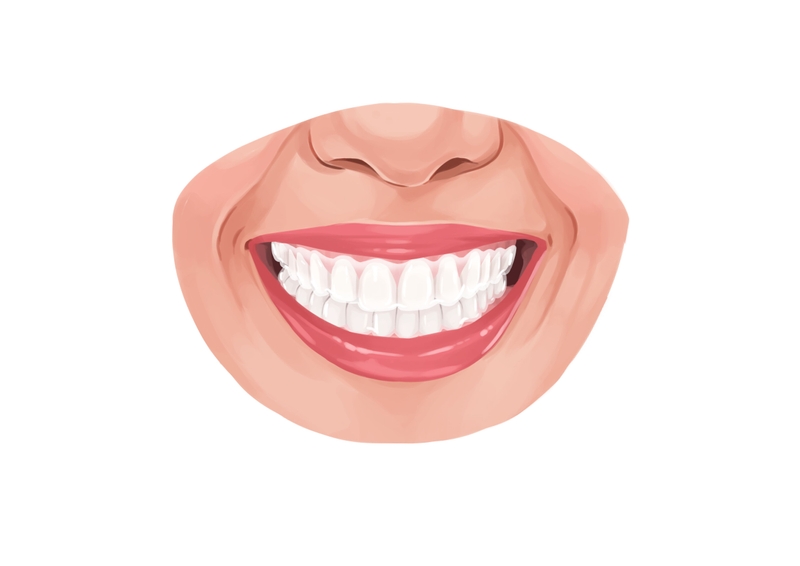
Picture by Authority Dental under CC 2.0 license
Straightening teeth from home is possible. Some brands allow for the whole process to happen from home. Others offer the option or even require an initial face-to-face assessment. The process is sometimes overseen by dentists, but orthodontists often take part as well, the same as in the case of Invisalign.
Invisalign requires regular visits to a Provider. Most aligner brands allow patients to carry out the treatment by themselves, giving them an option to contact a representative if something were to go wrong.
The biggest difference between at-home straightening kits and Invisalign is the price. The former are a lot more affordable and charge all patients the same price. Invisalign is commonly more expensive with more complex cases.
INVISALIGN
Regular visits required
Trays are given in batches at check-ups
Expensive
STRAIGHTENING KITS
Mostly or completely remote
All aligners arrive together
Can be more affordable
FAQ
How long does Invisalign treatment take?
Treatments average to 12-18 months. Invisalign claims that mild cases may take as few as half a year. Results are visible after a couple weeks.
Does Invisalign hurt?
In most cases, some pain is present whenever a new set of aligners is put in. This should subside on its own within a few days, but you may take OTC painkillers to manage it.
How to clean Invisalign?
While you are eating, you can simply rinse your trays under warm (never hot) water. At least once a day, though, soak the aligners in warm water with a spoonful of baking soda. You can use a soft-bristled brush to remove any food debris.
How long do Invisalign results last?
Invisalign results are meant to last for as long as you continue to wear your retainer. This could be the rest of your life.
Richard Hattaway, DDS
X-rays allow the dental professional to see if there are any dental or periodontal (support structure for teeth) problems. Investing in orthodontic treatment without healthy teeth and gums is not wise.